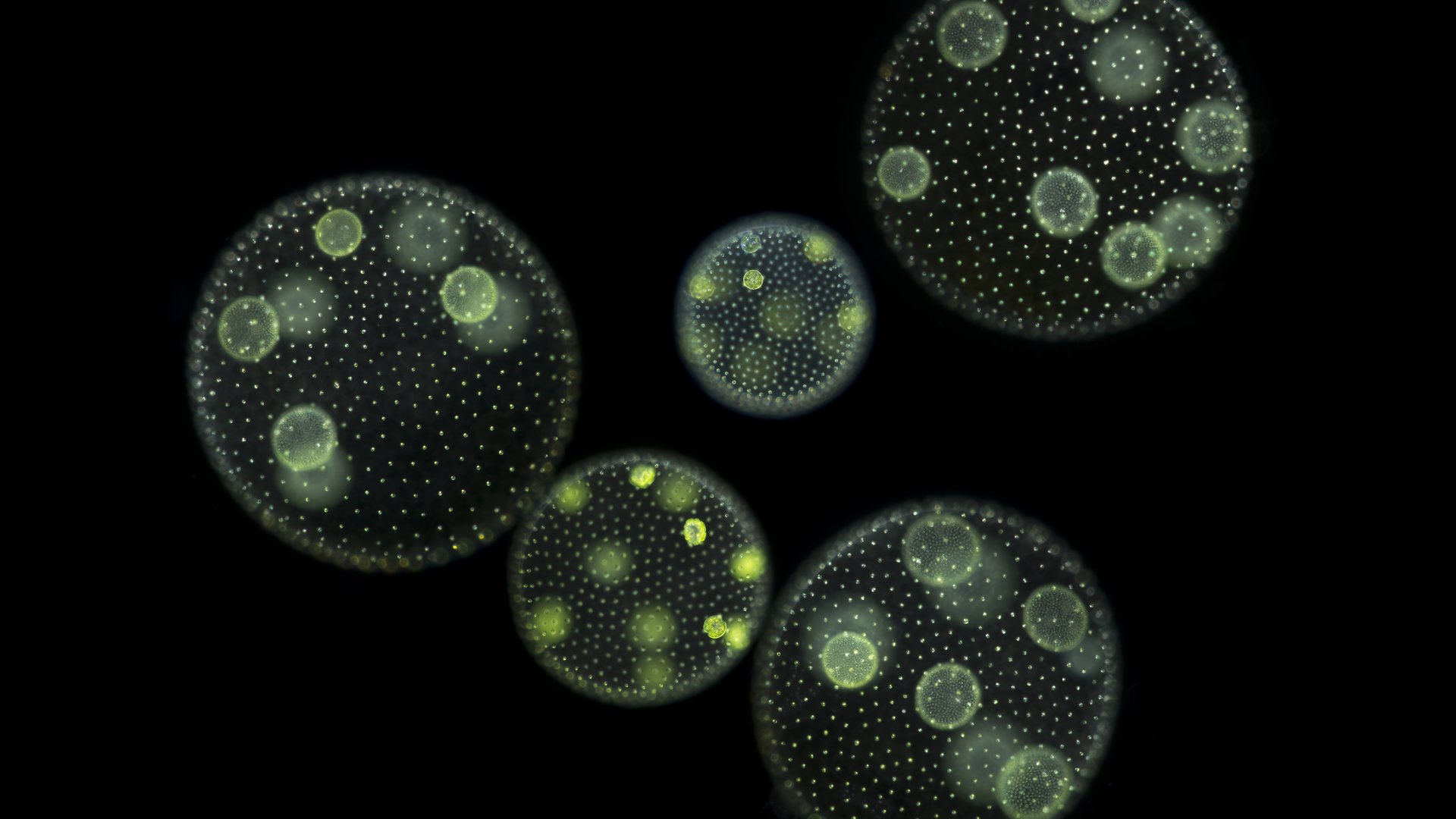An organism which is made up of more than a single cell is called multicellular. The number of cells can be very high. The human body, for instance, comprises about 10,000 billion cells.
An organism which is made up of more than a single cell is called multicellular. The number of cells can be very high. The human body, for instance, comprises about 10,000 billion cells.
No multicellular without nuclei
As well as humans, plants, animals and some fungi and algae are multicellular. A multicellular organism is always eukaryote and so has cell nuclei. Humans are also multicellular.
From unicellular to multicellular
Life on earth began with unicellular organisms. Some of these started interacting in colonies at some point. The Volvox is an example of a type of unicellular green algae which started forming colonies. Certain cells in the colony began taking over various functions. Over time, the cells became independent of each other. They were no longer able to survive separately. This process led to the creation of a multicellular organism. Multicellular life was a success and many examples came into being.

